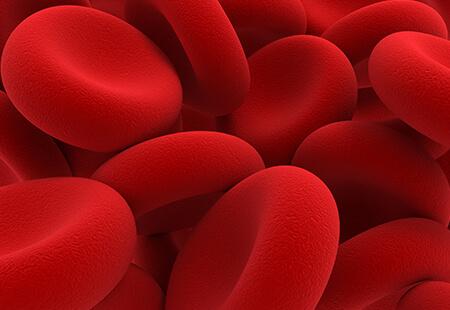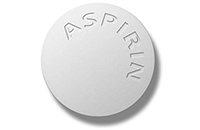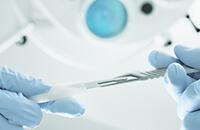Blood thinners prevent the formation of blood clots and the associated life threatening conditions such as pulmonary embolism, heart attack or stroke.

Blood thinners are prescribed either for conditions known to promote blood clots (e.g atrial fibrillation, mechanical heart valve, major surgery, stents, atherosclerosis) or after a clot has been formed (e.g. arterial or vein thrombosis and pulmonary embolism) to prevent new ones. When a clot has been formed, blood thinners will not dissolve it; however as they keep it from growing, they allow time to the body to release substances (thrombolytics) that will eventually break the clot down.
There are two types of blood thinners, the antiplatelets (e.g. aspirin) and the anticoagulants (e.g. heparin, warfarin), each one targeting one of the two different blood-clotting reactions in your body.
While their indications may differ, anticoagulants are considered more aggressive drugs than antiplatelets and carry a higher risk of serious side effects.
 Antiplatelets
Antiplatelets
Antiplatelets are a group of medicines (e.g. aspirin, clopidogrel, prasugrel, ticagrelor) that stop blood cells (called platelets) from sticking together and forming a blood clot. While this is important to stop bleeding in case of an injury, it can be detrimental when occurring in vital blood vessels such the ones of the heart, the brain or the leg, leading to heart attack, stroke or foot gangrene respectively...
 Anticoagulants
Anticoagulants
Anticoagulants are drugs (e.g. heparin, warfarin, dabigatran, rivaroxaban, apixaban, edoxaban) that interfere in the normal clotting process of your body lengthening the time needed to form a blood clot. In particular anticoagulants block one of the elements (proteins) of the clotting reaction...

 Blood Thinners and Surgery
Blood Thinners and Surgery
By thinning the blood, there is a higher risk for bleeding. During surgery this can be a problem. But that is only half the problem. The opposite is also true. If you stop blood thinners before surgery to prevent bleeding you can get a clot...
